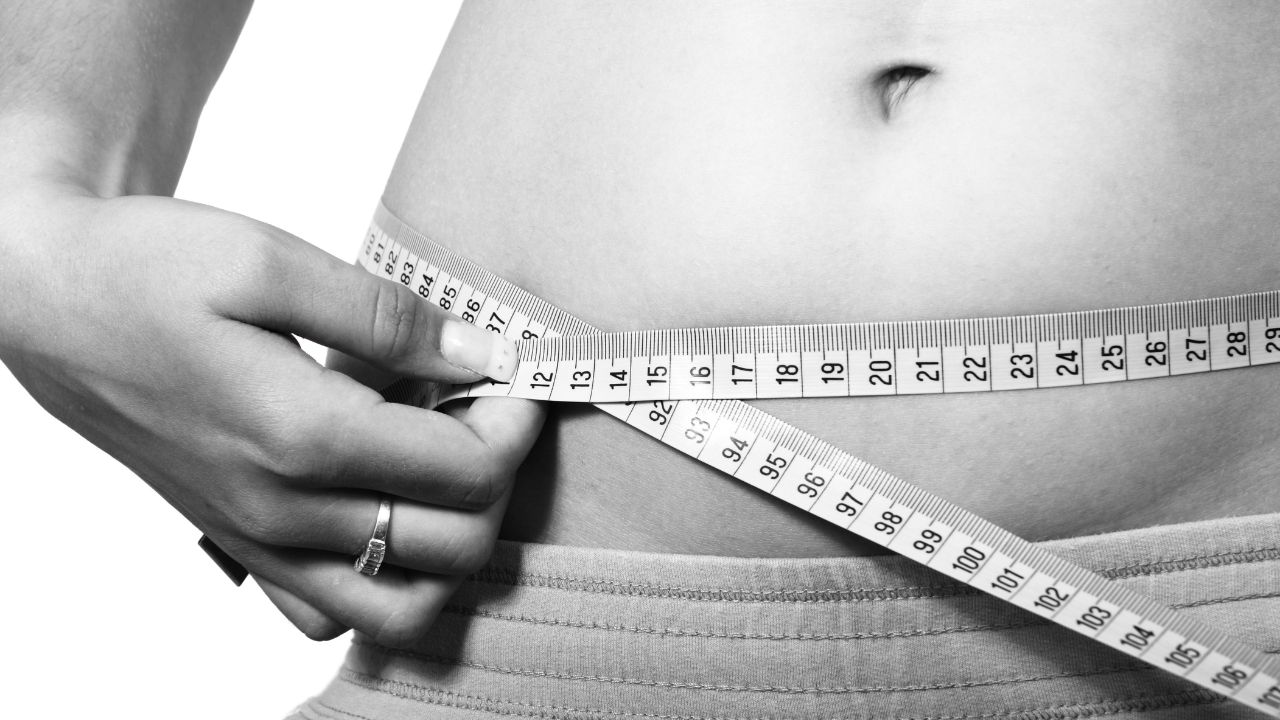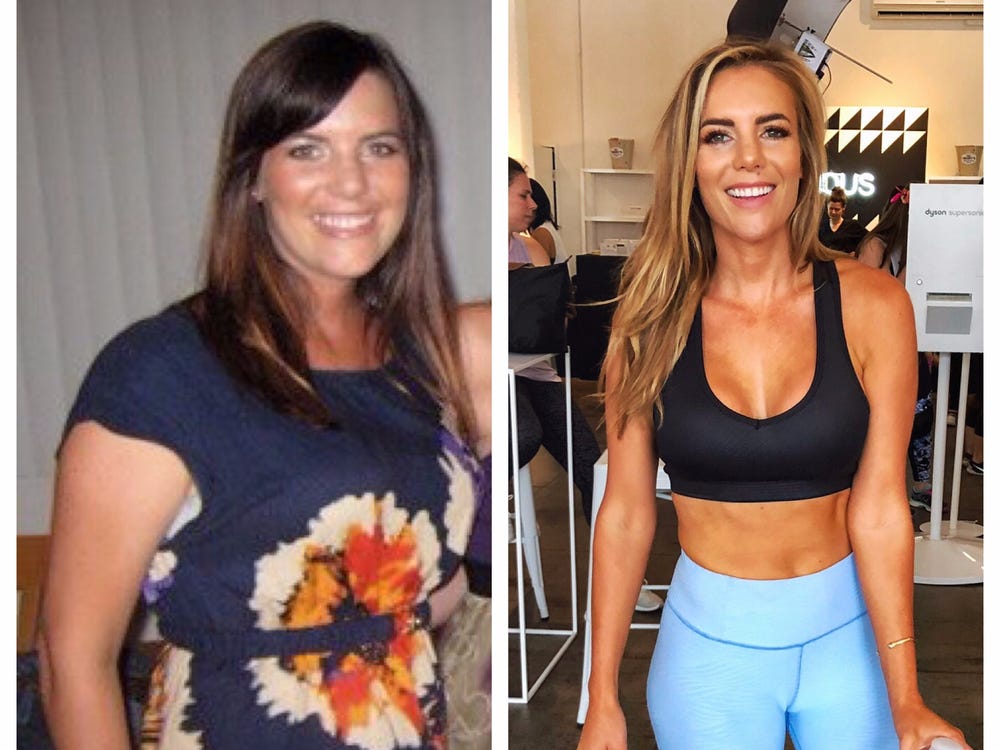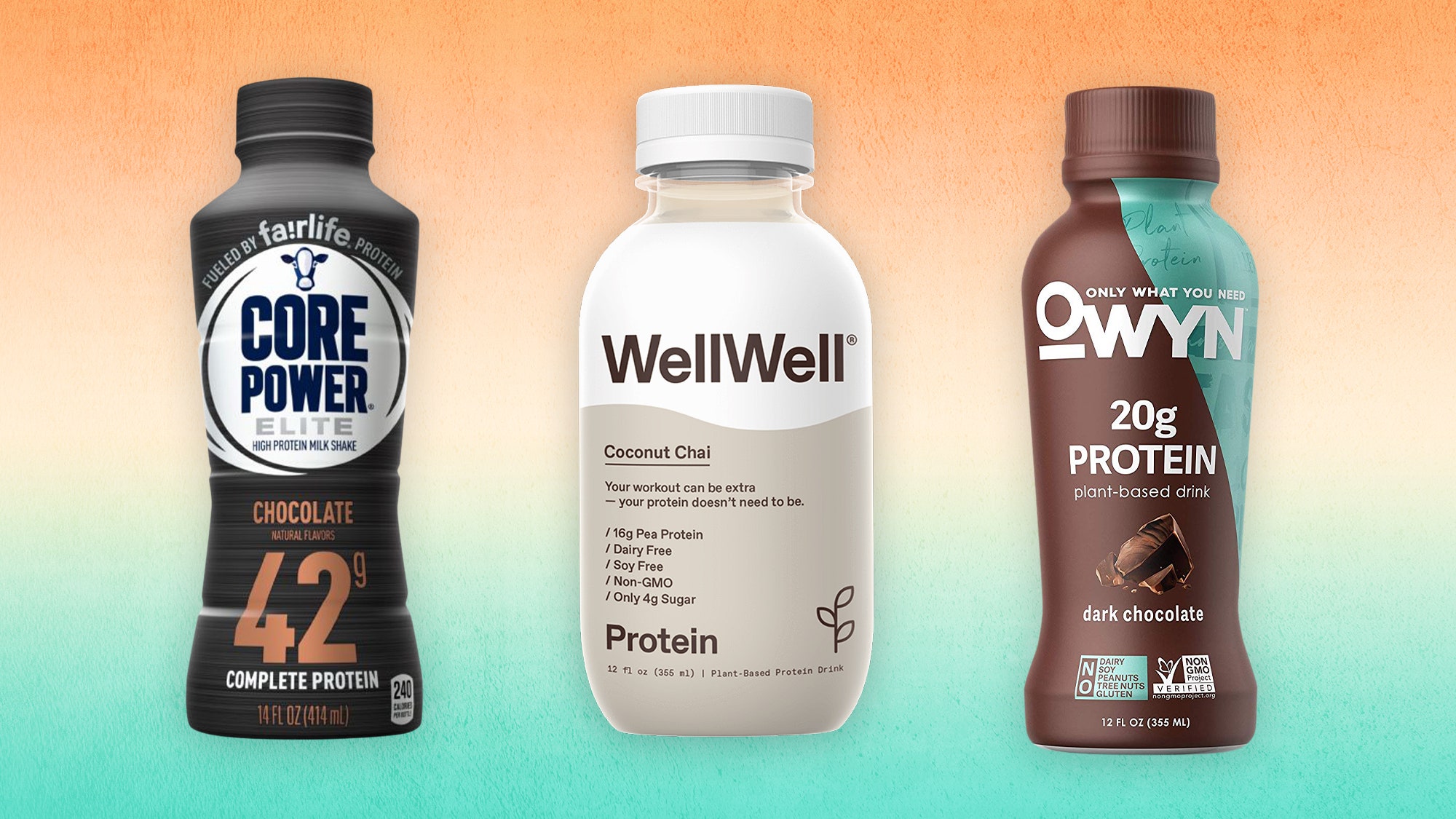
Moderate eating allows you to eat a wide variety of foods. This diet allows you to eat dairy or milk substitutes, nuts and seed, healthy fats and poultry in moderation. This type of diet is primarily vegetarian or vegan, but it is possible to eat a variety of foods on this diet.
Metabolic typing
Metabolic typing, a pseudoscience, claims that every person is unique in their metabolism and requires a different amount of macromolecules in the diet. A certain ratio of macromolecules in a person's diet can be beneficial, but may cause harm to their health.
A metabolic typing diet chart can help determine the right macronutrient ratios for your body. Some people are more able to digest higher amounts of protein than others, while others can benefit from a diet that is primarily carb-based. The balance of macronutrients can have a big impact on your health and weight. Metabolic typing should only ever be used by healthy people. Talk to your doctor if you are unsure of your metabolic type.
Plant-based diets
Plant-based diets have many health benefits, including the prevention or treatment of several types of diseases. This type of diet is free of oils, processed foods, and added sugars. It is rich in fiber and low-in saturated fat, cholesterol, or other harmful substances. It can help reduce body weight and LDL cholesterol which are two main causes of heart disease.

A plant-based diet includes a variety fruits and vegetables. It should include at least 2/3 of all plant-based food. You shouldn't have any meat or animal products. It should contain healthy fats such as avocados, olive oil, nuts and seeds. A diet that includes whole grains and legumes should be included, in addition to fruits or vegetables.
Low-carb diets
Low-carb diets reduce the amount carbohydrates in a person’s diet relative to an average diet. These foods are then replaced by foods with more fat and protein. They are therefore more filling and satiating. Low-carb diets are great for people who want to lose weight.
Before you decide to start a low carb diet, consult your doctor. It's important to determine if it will be beneficial for you, and to consider your dietary needs before making any drastic changes. A low-carb diet reduces carb intake to below 26 percent. Carbohydrate intake should be between 45 and 65 percent of a person’s daily calories. That means that one should not consume more then 130 grams of carbs per day.
Ketogenic diet
A Ketogenic diet is one that makes use of the body's fat as energy. This is accomplished by lowering insulin levels. The body becomes a fat-burning machine. MCT Oil, which aids in fat-burning hormones and ketones production, is often included with the ketogenic diet.
It is vital to drink at least one gallon of water each day when following the ketogenic diet. Water regulates many bodily functions including hunger. A steady supply can reduce insulin spikes, which in turn aids weight loss. You should also drink plenty of water and get moderate exercise. Walking 20 minutes per week for 20 minutes can help to lose weight and stabilize blood sugar.

Atkins diet
The Atkins diet is not easy, but it has many benefits. This diet encourages healthy lifestyle changes that last for at least a year. This diet is popular for people who want to achieve long-term weight loss. It offers low-carb options such as spaghetti squash and chicken meatballs. Low-calorie versions of popular foods such as cucumber slices with cream cheese or celery sticks with peanut Butter are also included in the diet.
The Atkins diet is growing in popularity but it is also being criticized. Some doctors believe the diet is harmful for people, particularly those with health problems. According to the American Medical Association, "The Atkins diet differs from recommended dietary intakes and the American Dietetic Association." Atkins diet lacks essential nutrients, vitamins, and is high in fat.
FAQ
Is there any side effect to intermittent fasting?
Intermittent fasting has no known side effects. You might have minor problems if your plan is not well thought out.
If you skip breakfast, your day might be interrupted by irritability. Other symptoms include headaches, dizziness and fatigue as well as muscle cramps.
These symptoms often disappear within a few hours.
What is the best way to exercise when you are busy?
Doing exercises at home is the best way to stay in shape. It doesn't take much to get fit. You can perform simple exercises at your home without needing expensive equipment.
You just need to have a pair of dumbbells, a mat, a chair, and a timer.
You must be consistent with your training. If you miss a few days, then you may lose all motivation.
A great way to start off would be to try lifting weights three times per week. This could include squats, lunges, push-ups, pull-ups, dips, curls, etc.
Once you have mastered these basic movements, you can move on other types of exercises such as running, jumping rope, skipping, yoga, Pilates, dancing, cycling, swimming, weight training, tennis, golf, hiking, basketball, football, soccer, volleyball, badminton, squash, etc.
You should choose an exercise program that suits your life. You might avoid exercising if your work hours are long.
If you're a night-owl, you might consider working out in the evenings rather than in early morning.
Listen to your body, and don't stop when you feel tired.
Is cardio a way to quickly lose weight?
Cardio exercises can be great for burning calories but not necessarily helping you lose weight. It depends on how fat you have and what exercise you do.
Cardio exercises may not work if you are obese.
They should be combined with other types of exercise and dieting.
If you are looking to lose weight quickly, cardio exercises such as running and jogging can be helpful. These exercises burn calories more than any other type.
Resistance training is necessary if you are looking to build muscle and not lose fat. Resistance training uses no weights or machines. It also includes elastic bands and free weights.
For fast weight loss, combine cardio with resistance training.
Combining cardio and resistance training is a great way to quickly lose weight.
How do I lose weight
People who are looking for a way to look good and lose weight are the top goals. People want to be healthier and live longer. This is why they are so motivated to lose weight. There are many ways to lose weight, and there are different types of exercises. Cardio training, strength training yoga, pilates running, swimming and cycling are just a few of the options. Each type of exercise has its own benefits and drawbacks. Walking, for example, is the best way of burning calories. However, if you want to build muscle mass, then lifting weights would be the best choice. We'll be discussing how to lose weight, and which exercise is best.
It is important to determine what type of diet you should follow when you want to lose weight. You don't necessarily need to eat less food; rather, you just need to eat fewer processed foods and avoid junk food. It's recommended to consume at least 2200 calories per day. Reduce your calorie intake if you are looking to lose weight more quickly. This will allow you to shed fat more quickly.
Exercise is a great way to lose weight quickly. Exercise can help you lose calories and speed up your metabolism. Combine exercise and healthy eating to effectively lose weight. When you exercise, you use up energy, and therefore you won't be able to eat as much. Regular exercise will help you burn more fat. Regular workouts can also help you to maintain a healthy lifestyle. They keep you active and prevent diseases like heart disease, stroke, hypertension, diabetes, and others.
Walking is a great way to exercise. Walking can help you burn approximately 500 calories an hour. Walk 30 minutes per day to burn around 1500 calories. One pound of fat will be lost per week if you walk 30 minutes each day. For 10 minutes, you can run or jog. Running burns approximately 1000 calories an hour. Running for 20 minutes should be done three times per week if you are trying to lose 5lbs in 3 weeks.
It is important to combine healthy eating habits with exercise to lose weight. Balance these two aspects.
How long does it take for you to lose weight?
It takes time and effort to lose weight. It usually takes six months for you to lose 10%.
It's important to remember that you shouldn't expect to lose weight overnight. Your body takes time to adapt to new diets.
This means that you need to slowly change your diet over a period of time, such as a few days or weeks.
You should also stop trying fad diets. They don't work. Instead, try to change your daily routine.
If you eat unhealthy snacks at night, you might want to cut back.
Instead, eat healthier meals at night. This will prevent you from snacking late at night.
Drinking water throughout the day is also important. Water is essential for keeping your body hydrated. Dehydration can make you feel tired and weak.
It is important to drink plenty of water throughout each day to stay energized.
Relaxing activities can help reduce stress. For instance, you could spend some quality time with loved ones.
You could also read books or watch movies, or listen to music.
These activities can help you to unwind after stressful situations. These activities will help you improve your mood and self-esteem.
When you are trying to lose weight, it is important to consider your health first.
Your physical fitness level is an indicator of your overall health. So, if you want to get fit, you should start with proper nutrition and regular exercise.
What is the best time to do Intermittent fasting in order to lose weight
The answer isn't as easy as it seems. When determining the number of days you should fast for optimal fat reduction, there are many factors to consider. These are:
-
Your age. If you are younger than 40, intermittent fasting might be too difficult because you have less time for recovery after each fast. If you are older than 60, you might find it difficult to maintain a prolonged period of daily fasting.
-
Your current body composition. You'll be most successful if you have lots of muscle mass. You may find shorter fasting more beneficial if your muscle mass is low.
-
How physically active. To ensure adequate rest between workouts, you might need to extend your fasting period if you exercise frequently.
-
Your medical history. Some people with medical conditions like diabetes, heart disease, cancer, etc., may require additional fasting monitoring.
-
How can you manage stress? Stressful situations can make us eat more. You might need to lengthen your fasting windows in order not to have this problem.
-
The type of diet you follow. Certain diets, like ketogenic diets, may require even longer fasting periods.
-
Your quality of sleep. Also, a lack of sleep has been linked with increased appetites and decreased metabolism. You may need to experiment before you discover what works for you.
-
The amount of protein you consume. A higher intake of protein may result in lower blood sugar levels. This would allow you to fast for longer periods of time.
-
Whether you're trying to gain or lose weight, people who are trying to gain weight usually require longer fasting periods than those who are trying to lose weight.
-
What percentage of calories do you consume during your fasting window? You might lose more fat if your daily calories are lower than those you consume.
-
Your overall fitness level. People who are fit and fast burn more calories per day.
-
Your gender. Men tend to have greater appetites that women, so they may need a longer fast. Women generally have smaller appetites, so they may only need to fast for about 20-30 minutes every morning.
-
Your lifestyle. Do you get enough physical activity? Are you able to exercise several times per week? Do you have a job that requires you to sit at a desk all the time? These things could impact the speed at which you should go.
-
What amount do you spend on food each month? Not all healthy food means you need to spend a lot more on groceries. Whole grains are better than white bread and whole fruits are better than candy bars. Lean meats can also be saved.
-
How important it is for you to control your hunger. You might not have to fast as much if your hunger isn't a problem.
Is there a difference in intermittent fasting and calorie restrictions?
Calorie restriction refers to eating less than what your body requires. Intermittent fasting is different because it doesn't involve restricting calories. Intermittent fasting focuses more on eating fewer calories every day.
Intermittent Fasting is more efficient because you can enjoy the foods you love without feeling guilty.
However, both methods have their pros and cons. You have to decide which method you prefer.
Statistics
- One study in 9 active men found that HIIT burned 25–30% more calories per minute than other types of exercises, including weight training, cycling, and running on a treadmill (18Trusted Source (healthline.com)
- According to Harvard Health, it's estimated that a 155-pound (70-kg) person burns around 167 calories per 30 minutes of walking at a moderate pace of 4 mph (6.4 km/h) (5). (healthline.com)
- According to Harvard Health, it's estimated that a 155-pound (70-kg) person burns roughly 112 calories per 30 minutes of weight training (5). (healthline.com)
- According to a study sponsored by the American Council on Exercise, a person weighing around 140 pounds (64 kg) would burn 108 calories at a 30-minute beginner's Pilates class or 168 calories at an advanced class of the same duration (26). (healthline.com)
External Links
How To
How to Intermittent Fasting
Intermittent fasting is a dieting method where you normally eat one day per week, usually Monday through Friday. This allows you to reduce your calorie intake and still get adequate nutrition. It's believed that this helps burn fat faster than if you were eating normal meals throughout the entire week.
The most common form of IF involves restricting calories only on certain days of the week. This would be a way to skip breakfast and eat whatever you want throughout the day. You could also choose three small meals instead of two large meals per day.
There are many types of intermittent fasting. Each type of intermittent fasting has its pros and cons. Alternate day fasting, which doesn't require you to change your lifestyle, is the best way to get started. However, some people find it difficult to stick to a strict schedule like this, so they might prefer to try other methods first.
If you're looking to start an intermittent fasting routine, I recommend starting with alternate-day fasting. This will allow your lifestyle to be gradually altered while you transition into more extreme fasting.